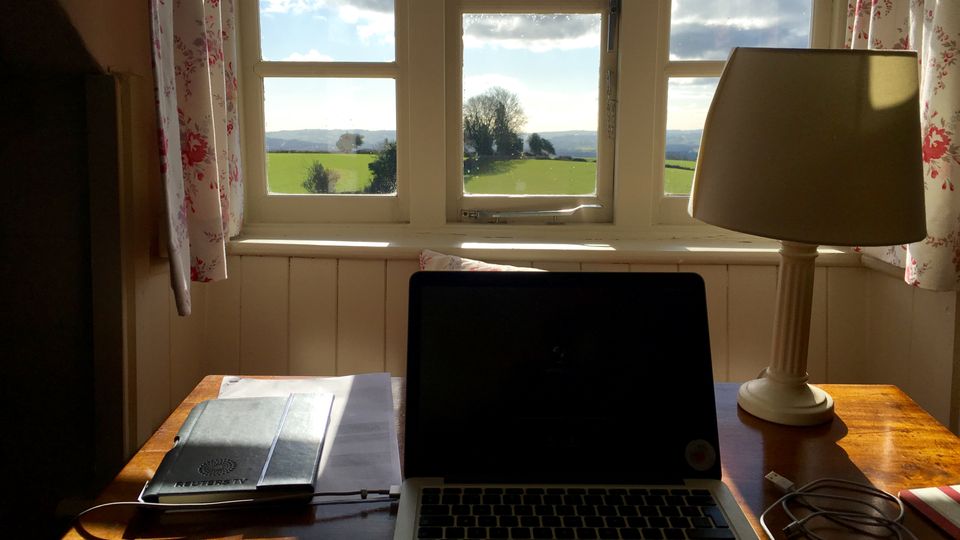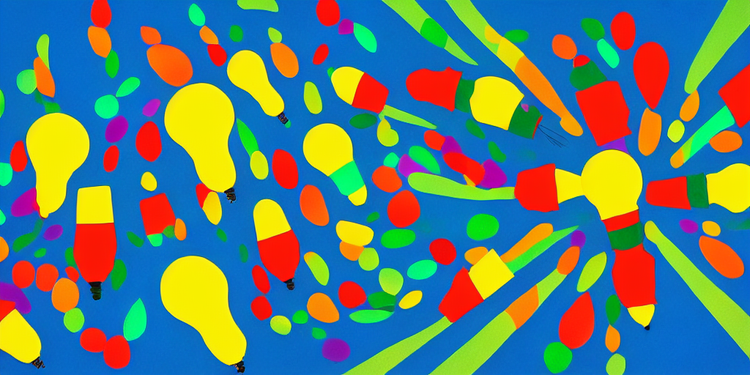What is FreeRange.Work?

In 2009 I started a company, dreaming of a different kind of work life.
Until then I'd worked in newsrooms or offices (even my own previous business had offices and studios I went to every day).
I'd always had to be in a particular place at particular times to do each job.
No clocking in
In one newsroom there was even a fierce veteran assistant who made a point of mentally clocking people in & out, making it clear to all if she disapproved of your timings. The time and place were strictly fixed, regardless of what you were working on.
But, in reality, large parts of modern creative or knowledge work are completely unrelated to particular locations and hours.
Creative work
In fact, creative work takes varied forms, needing different contexts and mind-states. Sometimes you need just you and a notepad in a quiet place. At other times you need some buzz around you and people to work with. And at other times you need a whole team to swarm on the same thing round a table and some walls to create onto. All of those are valid and valuable.
So I dreamed that my company would allow me and others to work with flexibility of time and place. We could work from home, cafes, co-working spaces, an office, or anywhere.
Most people call it 'remote' work. But I didn't want it to feel remote.
Beyond remote work
Creative and knowledge work is highly connected and collaborative.
That collaboration doesn't always need everyone to be in the same place physically, but it does need people to feel connected and close.
The pandemic has made that clearer than ever.
So many teams and companies suddenly had to adopt work-from-home during lockdowns, but with no experience or guidance. The result in many workplaces is a feeling of disconnect and confusion, polluting the genuine benefits it has brought to people's lives.
Managers don't know what people are working on, and wonder in some cases whether they're really working at all. Team members don't have clarity of the context of their work, or whether what they are doing is really useful or effective. And everyone feels that something is missing. A feeling of togetherness.
This causes managers to lose trust and want to actually see people working to know they're working instead, and it makes team members less involved in their organisation, and resentful of any pressure to go to the office to be 'seen' working.
So we need to develop a modern way of working that encompasses more than just where you do your work.
Free-Range Work
In designing my company in 2009, and the other businesses that I've built since then, I decided to mindfully design a way of working for the modern world of creative knowledge work.
I experimented with lots of approaches to find a way that worked. I called it Free-Range Work and gradually became known for it.
It's the operating system for how creative knowledge work teams can collaborate in a way that gives freedom of time, place and leadership — with balancing responsibilities around clarity, collaboration and commitment.
Over the years, I've often been invited to speak about it and help people implement it in their businesses or teams.
And, when I share the ideas and approaches, or even just mention the name, people click with it.
But often people say things like "Free-Range is a much better name than remote work, I'm going to steal that!" Which is great, but if people only adopt the name they're missing out on all the concepts and approaches that actually make it work better than remote or hybrid work. They'll end up with the same problems of remote work, but under a cool name. Nobody wins out of that.
I want people to adopt the whole thing, not just the name.
For years I've been intending to write and speak about it more. To spread the word and help more people implement it successfully.
That desire has only grown in the last year or so as I've heard of more and more teams struggling with remote or hybrid work, and clashes between leaders and teams.
And today there was the remaining small nudge that was needed on this, from some fellow members of a network for creative agencies, Andrea Sexton and Beks Houston.
So I've finally gone and launched this newsletter (and this site to host it) to spread the word about Free-Range Work. Welcome.
More than a newsletter, this is a movement
The world of creative knowledge work is at a vital fork in the road. After a couple of years of trying cobbled-together remote/hybrid working some organisations are limping by with virtual sticking plasters on that approach, while other organisations are pushing to roll it back altogether, or to only be available in limited ways.
Free-Range Work offers a different path. We define the new structures, conventions and expectations for the next era of work. We develop the skills, mindsets and cultures that it takes to make it happen.
The days where the choice is between working in an open-plan office, or being given a laptop and a chat app and expected to be effective and happy, need to be behind us.
But to make this happen needs more than me. It's going to take a lot of us spreading the word.
So I'm going to publish as much as possible here for free, for anyone to use. But I want you to join me.
By becoming a professional or company member you will get some extra articles and handbook pages that are more focused on your needs, and more focused on practical implementation — but the main thing is your membership will help me devote the time to spread the word through the free publishing. I'll also provide some support and resources to help you be ambassadors for the Free-Range Work movement.
And if your company is loaded and really wants to get behind the world of Free-Range Work, becoming a Patron will earn you lots of karma and kudos, and help the mission even more :)
The time for Free Range Work is now. Let's do it.





